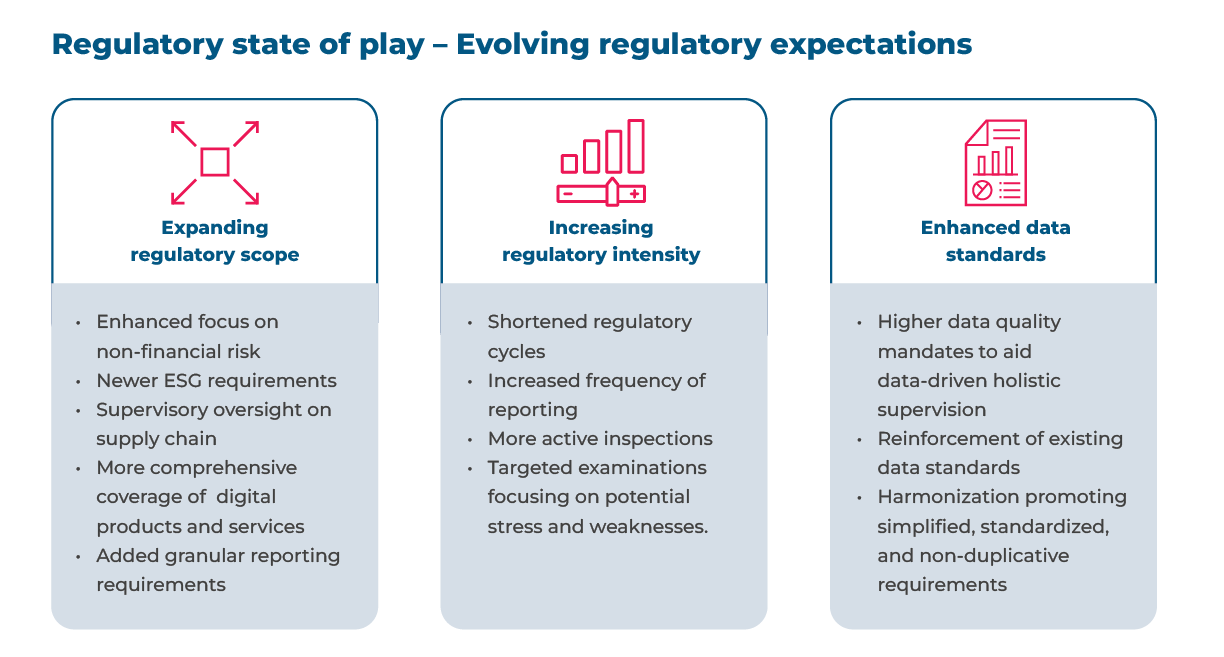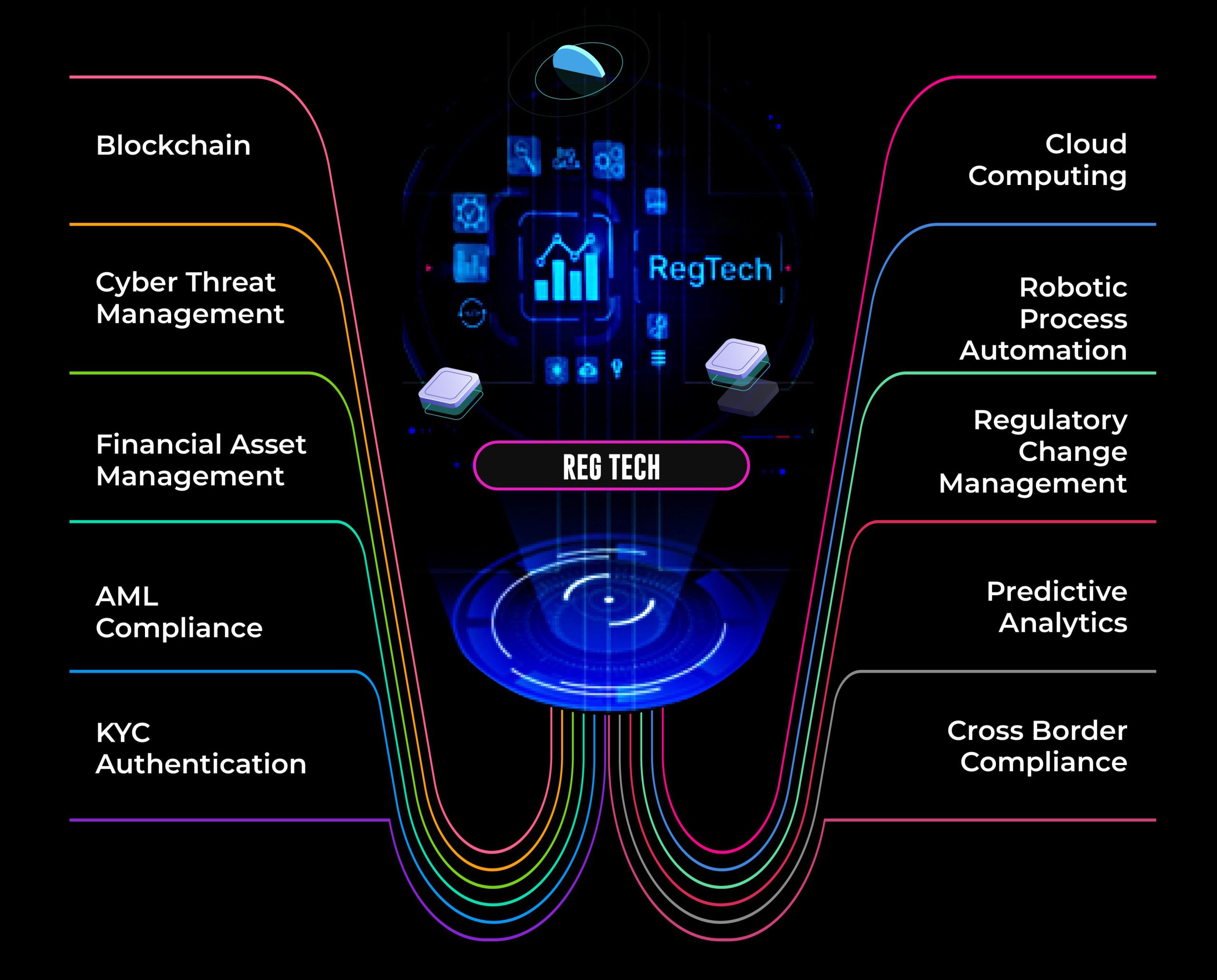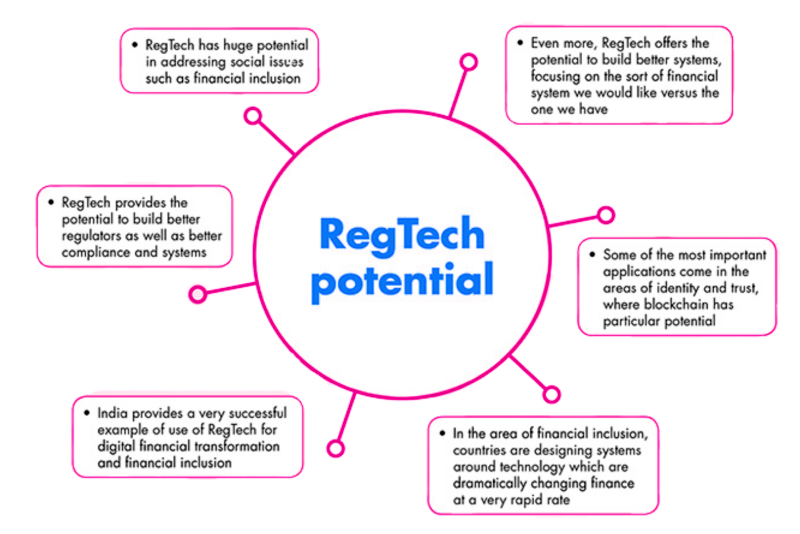For banking compliance, a lot is expected to change in 2022. Super apps will dominate, ESG concerns will be prominent in Banks’ annual vision(s), and more use cases for digital currencies will emerge. AI and ML applications will create examples of zero-waste operations, the BNPL payments industry will thrive, and cross-border players will progress.
These are all powerful post-pandemic forces shaping the post-digital era for banking evolution.
Regulatory and Compliance Outlook – Balancing Innovation and Consumer Protection
Central regulators are rethinking and reorganizing their regulatory services with the influx of “digital” in banking operations. Like always, the goal is to ensure a clean and high trusted financial system, which protects end customers and facilitates market competition through product and service innovation.
In 2022, more than ever, the banking regulatory and compliance outlook will encompass the following agendas for action.
- Promoting new entrants. Today, more governmental financial authorities are optimistic about data innovation hubs and regulatory cells that help new businesses better interpret regulatory nuances. Along with adopting cashless approaches, regulators encourage economic ecosystems to favor digitization for transparency and convenience. As fiscal operations receive more robust governance, the marketplace will be faster and more cost-effective with high-convenience services. The stage is thus set for the platform giants – Facebook, Apple, and Alibaba.
- Reducing the cost and complexity. Simplifying the reporting and fast-tracking complex regulatory requirements is high on the task list. Digitizing reporting rules brings down the overall cost, not to mention the benefits of transparency and customer omnichannel experience.
- A case for innovation and higher security preparedness. Emerging technologies – decentralized finance, AI, Robotics, 5G, and APIs – will accelerate new products and services developments and support regulators in their supervision mandates. Additionally, such technological options will boost business continuity plans, risk mitigation, and disaster recovery plans for volatility threats.
- Harness the power of data. With mass-scale digitization efforts underway, regulators would benefit from having granular data (and metadata), robust storage mechanisms, and flexible accessibility. This arrangement will likely offer next-level agility that supports diverse business functions and enhances financial insights that improve future research and progressive measures when synced with source systems.
- Drive efficiency. By leveraging cloud and AI, forward-looking regulators and central agencies rearrange their clearing and settlement infrastructure. This increases both internal and external efficiencies. A step in that direction is the new ISO20022 messaging standard for richer data and interoperability and a second initiative is the increased usage of APIs.
- Effective Communication. In 2022, the steps to merge the vital data element to create a higher degree of transparency will continue. Open communication protocols for regulators are a top priority. The systems must be systematic, consistent, and easily interpretable to preserve bidirectionality.
Conclusion
From PSD2 in the EU, CMA open banking in the UK, HKMA Open API in Hong Kong, and Australia Treasury Open banking, to other countries deliberating open banking in multiple shapes (like Japan, Malaysia, US, Brazil, and Mexico), the banking compliance regulatory authorities are at the vanguard of meaningful industry change. All of these pose some degree of threat to banks’ business models and revenues. Still, they are focused on increasing competition, fostering innovation, reducing costs, and bringing higher-end consumer protection in the long run.






































